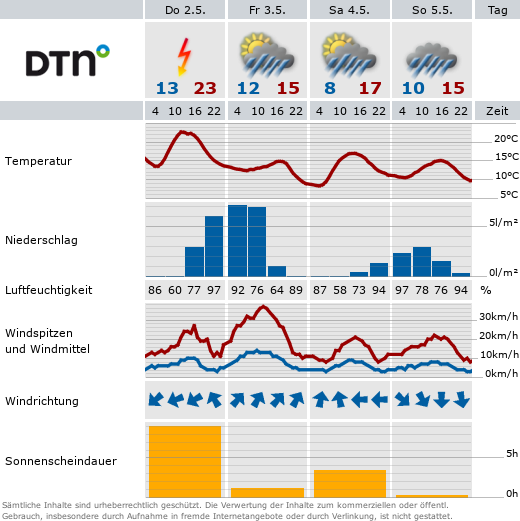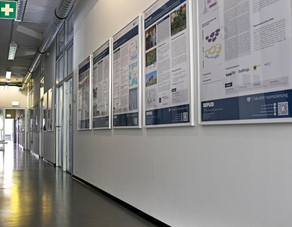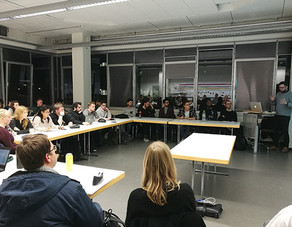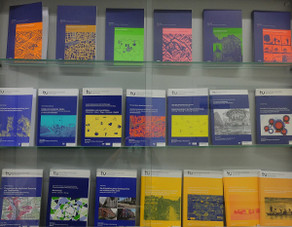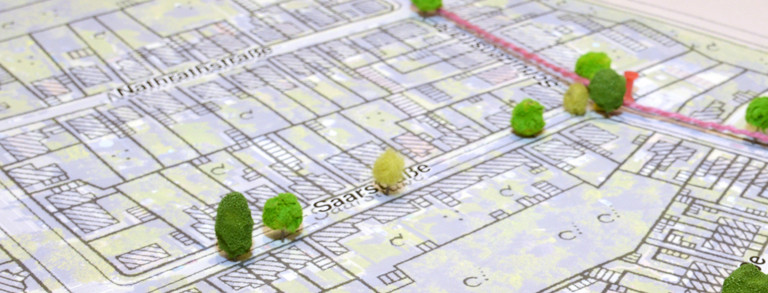Kaiser, M.; Hilgers, S. (2023): Kommunale Gründachsatzung - Instrument zur Implementation der Dachbegrünung in Neubau und Bestand, in: GebäudeGrün – Dach-Fassade-Raum-Grün, S. 10-13, Heft 1/2023, Patzer Verlag, Berlin, ISSN2568-9177
Kaiser, M. (2023): Hilfsmittel zur Identifizierung von geeigneten Dachflächen – „Konzeptionelle Weiterentwicklung von Dachbegrünungspotenzialkatastern“, in: GebäudeGrün – Dach-Fassade-Raum-Grün, S.10-15, Heft 3/2023, Patzer Verlag, Berlin, ISSN 2568-9177
Kaiser, M. (2023): Dachbegrünungspotenzialkataster „Konzeptionelle Weiterentwicklung – Pilotanwendung und Ausblick“, in: GebäudeGrün – Dach-Fassade-Raum-Grün, S.28-32, Heft 2/2023, Patzer Verlag, Berlin, ISSN 2568-9177
Kaiser, M.; Hilgers, S. (2023): Initiierung und Förderung der Dachbegrünung im Bestand – Ergebnisse einer qualitativen Erhebung in deutschen Kommunen, in: GebäudeGrün – Dach-Fassade-Raum-Grün, S.00-00, Heft 4/2023, Patzer Verlag, Berlin, ISSN2568-9177
- Fuchs, M. (2021): Umweltgerechtigkeit in der Stadtregion Ruhr. DOI: 10.17877/DE290R-21879
- Puntub, W. (2020):Future-oriented scenario planning of Khon Kaen city: Urban development and disaster risk management dilemma. Esan-biz 267. Vol 1/March 2020 (non-peer review article – in Thai)
- Fleischhauer, M., Greiving, S., Hartz, A. & Saad, S. (2020): Rohstoffsicherung als Aufgabe der Raumplanung – Zwischen langfristig orientierter Planung und wachsenden Flächenkonkurrenzen. In: PlanerIn, H. 03/2020. ISSN 0936-9465. S. 5-8.
- Othmer, F. J.; Becker, D.; Greiving, S. (2019): Strategie zum klimagerechten Flächenmanagement: Sequenzielle Siedlungs- und Freiflächenentwicklung unter Berücksichtigung von Klimawirkungen in der Stadt Hagen. RaumPlanung 2-2019 (201), S. 26-33.
- Weißer, B.; Becker, D.; Othmer, F. J. (2019): Stärkung der Risikovorsorge gegenüber Starkregen: Neue Erkenntnisse zur Resilienz von Haushalten gegenüber Starkregen und Schlussfolgerungen für die Stadtentwicklung. RaumPlanung 3-4 2019 (202), S. 71-76.
- Becker, D.; Greiving, S. (2018): Climate and Demographic Change: The Need for an Integrative Approach to Planning in Germany. Metropolitics. URL: www.metropolitiques.eu/Climate-and-Demographic-Change-The-Need-for-an-Integrative-Approach-to-Spatial.html
- Greiving, S. (2008): Hochwasserrisikomanagement zwischen konditional und final programmierter Steuerung. In: Jarass, H. D. (Hrsg.): Wechselwirkungen zwischen Raumplanung und Wasserwirtschaft. Symposium des Zentralinstituts für Raumplanung am 30. Mai 2008. Beiträge zum Raumplanungsrecht 237. Lexxion-Verlag Berlin 2008. S. 124 -145.
- Greiving, S. (2008): Klimawandel als deutsche und europäische Herausforderung für die Raumplanung. In: Anderes Klima Andere Räume. Zum Umgang mit Erscheinungsformen des veränderten Klimas im Raum. Tagungsband Wissenschaftliche Konferenz des Instituts für Stadtentwicklung und Bauwirtschaft der Universität Leipzig 3. - 4.11.2008.
- Greiving, S.; Fleischhauer, M.; Tarvainen, T.; Schmidt-Thomé, P.; Jarva, J.; Klein, J. (2008): A Methodological Concept for Territorial Impact Assessment Applied to Three EU Environmental Policy Elements. In: Raumforschung und Raumordnung, H. 1/2008, S. 36-51.
- Greiving, S.; Höweler, M. (2008): Der virtuelle Gewerbeflächenpool -- einer neuer Ansatz einer regionalen Mengensteuerung der Gewerbeflächenentwicklung im Vergleich zu bestehenden Modellen. In: PlanerIn 1/2008, S. 11-13.
- Greiving, S.; Winkel, R. (2008): Starke Städte schaffen die Zukunftsfähigkeit des Landes Gutachten im Auftrag der Städte Greifswald, Neubrandenburg, Rostock, Schwerin, Stralsund und Wismar. Dortmund 2008.


